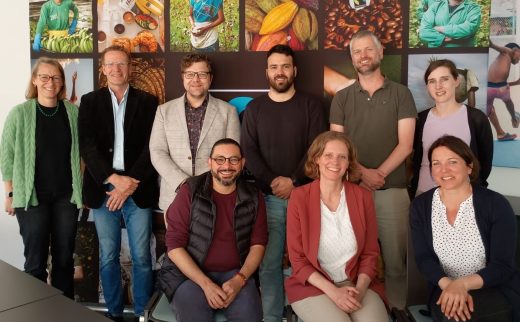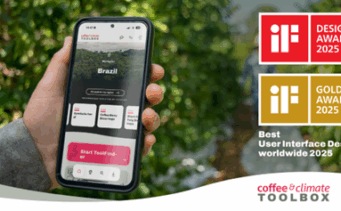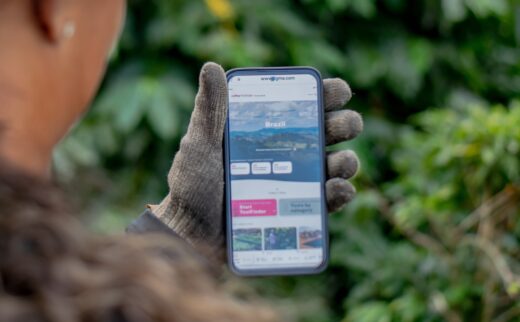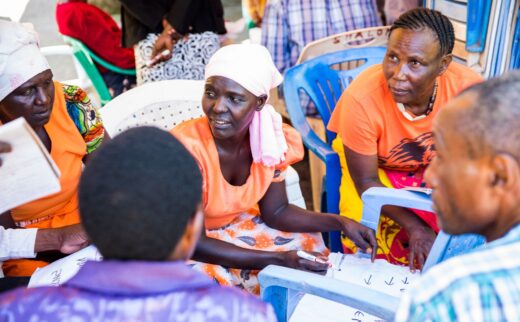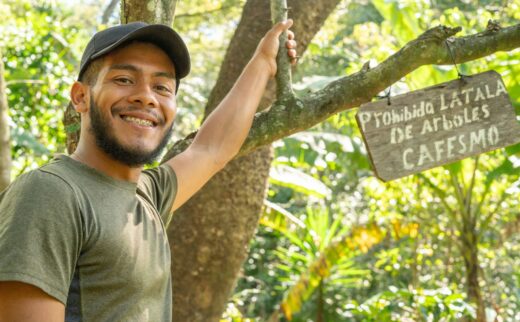Weather stations support smallholders in Honduras to adapt to climate change

Weather stations support adaptation to climate change significantly. Rising temperatures and changing weather patterns have forced smallholder farming families into a make-or-break situation that has put their livelihoods at risk. However, these risks could be reduced if they had access to proper climate information and accurate forecasts to take informed decisions at a farm level on how to adapt to climate change. One possible contribution: weather stations.
The initiative for coffee&climate (c&c) partnered with Hanns R. Neumann Stiftung (HRNS), Lavazza and xFarm to set up 60 weather stations across 19 municipalities in the Trifinio Region of Honduras to provide smallholder farming families with the climate information they need to adapt to climate change.
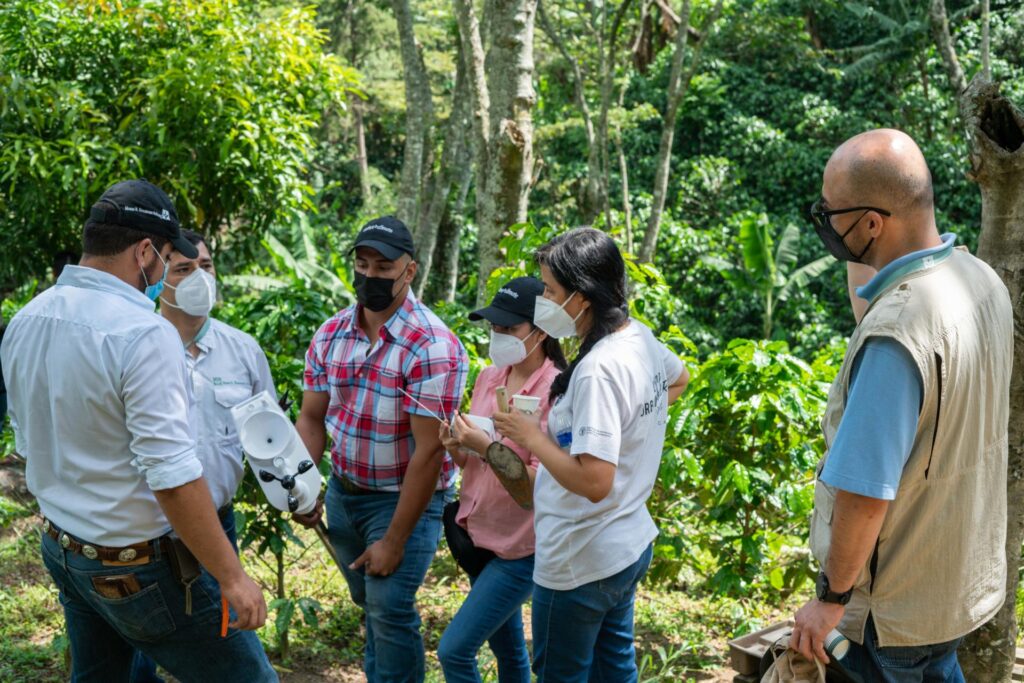

Weather station implementation in Honduras
“Honduras has very diverse micro-climates. It is important for smallholders to understand that the practices needed to adapt to climate change in one municipality, might differ from the ones needed in another”, states Pablo Ruiz, Executive Director of HRNS in Central America. “In coordination with xFarm, a digital agricultural platform, we identified smallholder farmers to work with and key locations for the establishment of these stations. Locations include family coffee farms and other areas with unique microclimates, to better understand general climatic and environmental conditions across the region”.
Using a smartphone device, HRNS technicians, smallholder farming families and other members of coffee cooperatives must download xFarm’s mobile application and register their weather station to access real-time climate reports. “These reports include graphics and clear descriptions, making it easy for users to understand and analyze the information properly”, describes Marbin Pinto, HRNS agronomist. “ c&c and HRNS are working closely with smallholder farmer farming families to interpret the information received and provide technical assistance to promote improved decision making at a farm level”.

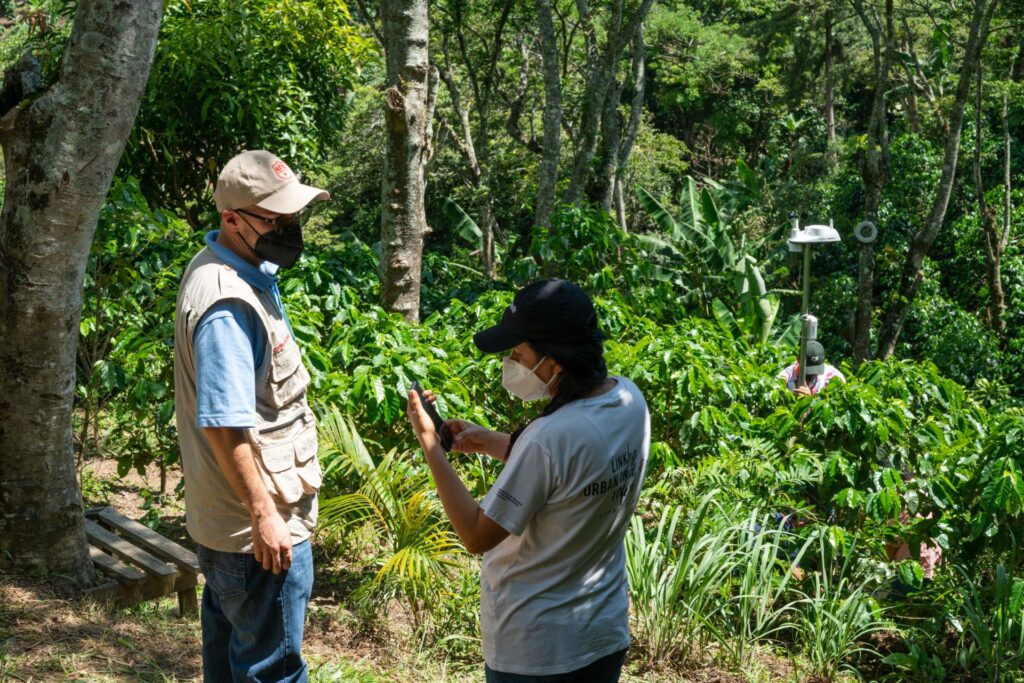
c&c and HRNS Team test xFarm’s mobile application and download real-time climate reports
The family of Orlando Solórzano from Ocotepeque, Honduras, are one of the many smallholder families that have improved their coffee production since having a weather station implemented in their farm. “The climate reports generated indicated that our soil temperature was too high”, explains Solórzano. “The c&c team suggested to implement Brachiaria (cover crops) to reduce the soil temperature in our farm. Results were quick, soil moisture was retained, and our coffee plants have developed much better since then”.
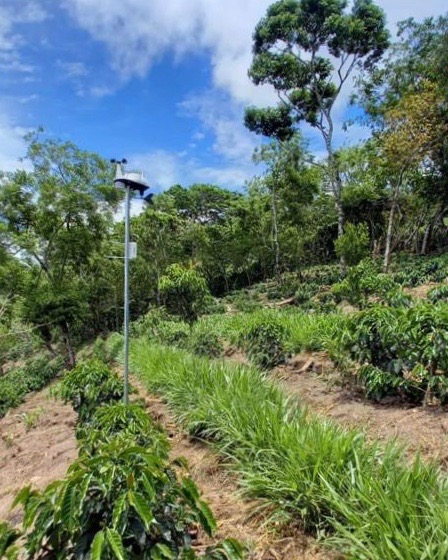

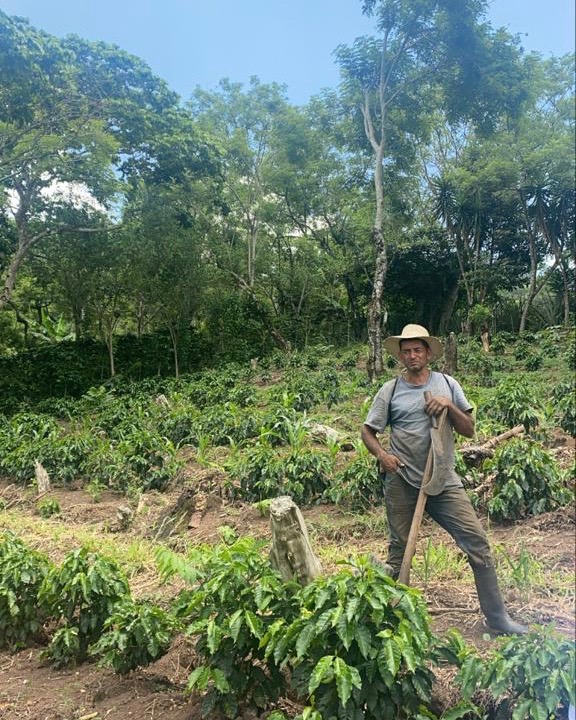
Orlando Solórzano and his family implement cover crops to reduce soil temperature and improve their coffee production.
Through the implementation of these weather stations, the goal is not only to learn about temperature ranges and microclimates found across Western Honduras, but also to guide smallholders to better understand climate information and how to use it. The climate data collected by the stations helps them take informed decisions about what climate-smart practices they need to implement, determine which practices perform best in each territory, and anticipate how to react towards extreme weather events.
The establishment of meteorological stations has also contributed to the development of a Climate-Smart Region in Western Honduras, providing local stakeholders crucial tools and knowledge supporting the creation of conservation strategies and other actions promoting adaptation actions and planning.
About the Weather Stations
The xSense Mini Davis and Soil Watch10 Single Sensor is an excellent crossover weather station designed to meet the requirements of small to medium-scale farmers. This weather station allows smallholders to access real-time climate information and measure different climate indicators such as:
- Air and Soil Temperature
- Relative humidity
- Precipitation
- Soil Moisture
- Atmospheric pressure
- Wind speed and direction
The initiative for coffee&climate
“The initiative for coffee&climate (c&c) plays an important role in the establishment of these 60 weather stations”, states Karina Orellana, c&c extensionist.
Using xFarm’s application to access the climate information captured by each station, it is c&c’s responsibility duty to do three things:
- Identify and test climate-smart agricultural (CSA) practices to determine if the practices implemented in each territory are adequate to adapt and mitigate climate change.
- Analyze climate information and give smallholder families recommendations on which practices to implement through Communities of Practice and Agronomic Roundtables.
- Select practices that are most suitable to adapt to climate change in each region. Share, exchange and put these practices into practice.
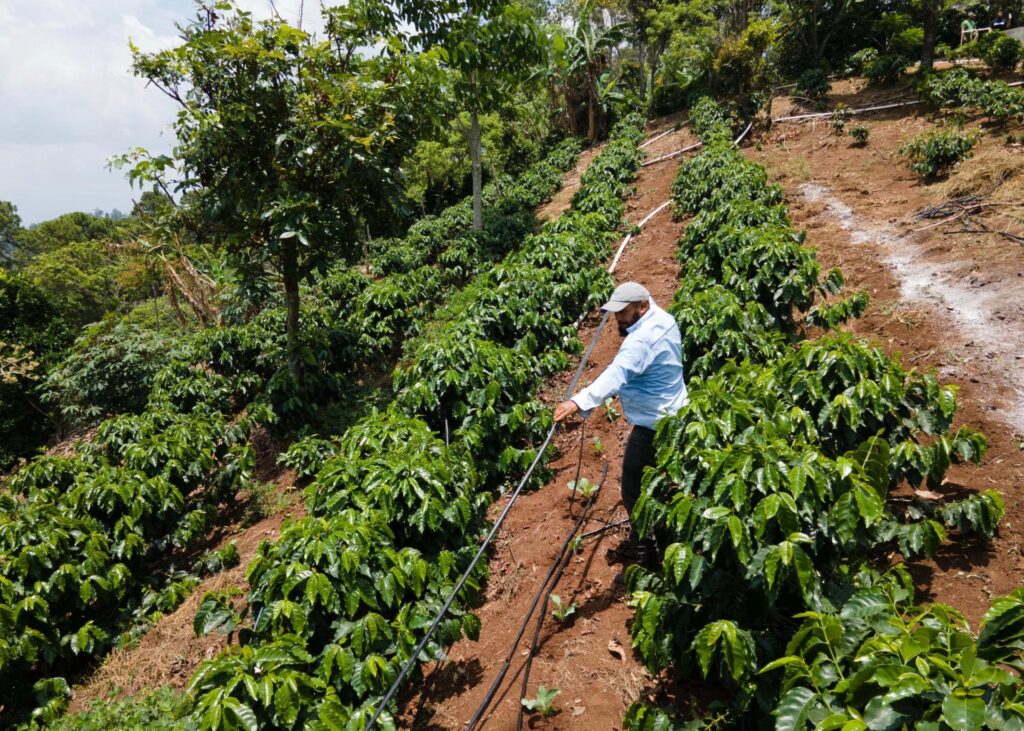
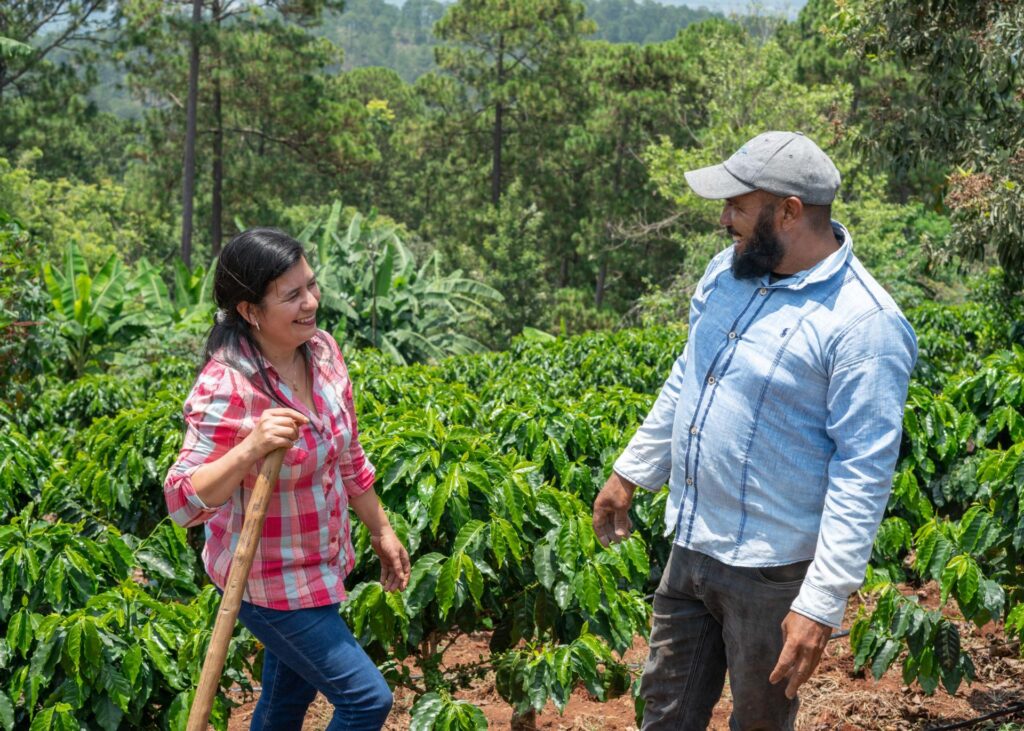
“Our experience implementing weather stations has been a great opportunity to bring other actors onboard “, describes Ruiz. Four weather stations have been implemented in collaboration with the Honduran Coffee Institute as part of their research plots. “Our aim is to set up other weather stations with the support of other actors throughout the entire territory, including farms with other crops such as avocado, basic grains, vegetables and livestock, so we can build platforms where climate information, learning, and best practices can be shared to benefit the agricultural sector.
